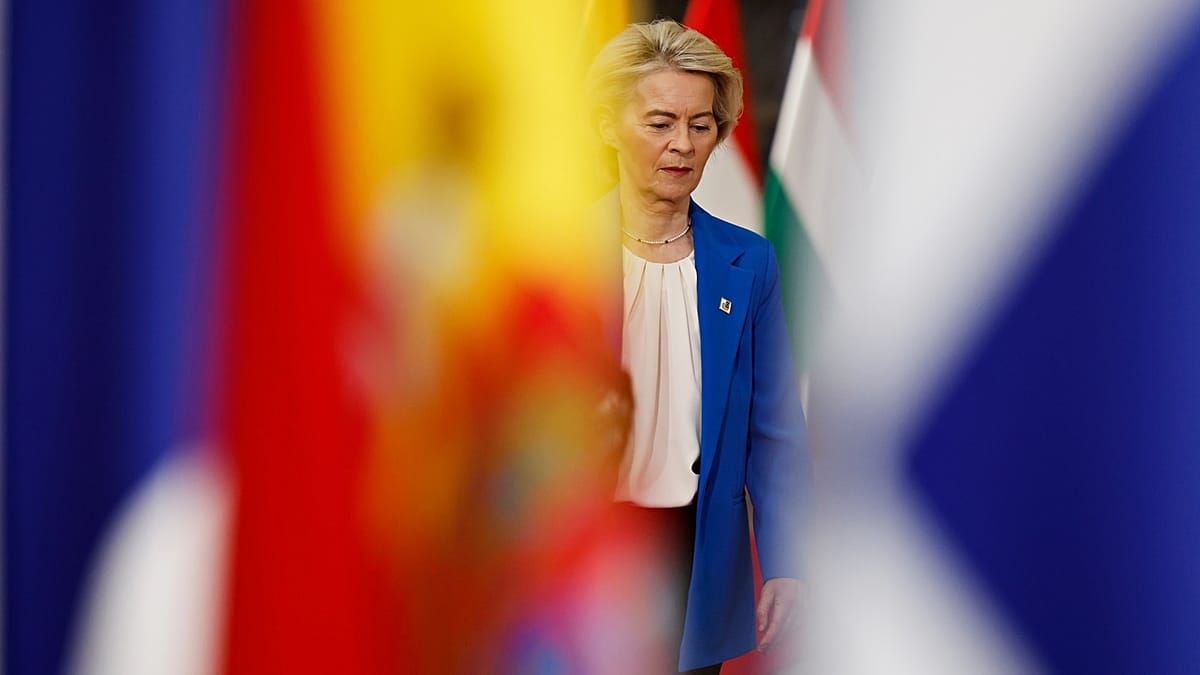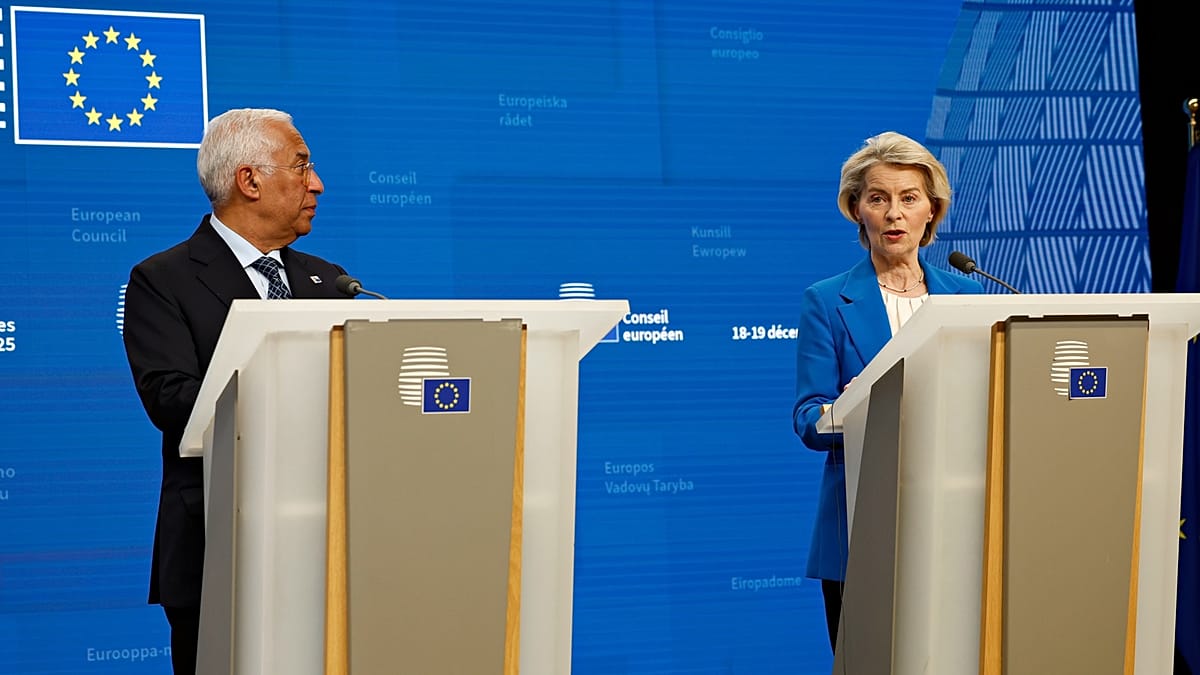A New Zealand company is breaking down barriers for the Deaf community by creating AI avatars with the ability to sign and translate to NZ Sign Language.
The inclusion of Māori signs and concepts have Turi Māori, those in the Māori Deaf community, throwing their hands up in celebration.
The hyper-realistic avatars, created by Kara Technologies, will learn from a yet-to-be-completed digital library consisting of more than 10,000 signs, also incorporating well-known Māori concepts used by Turi Māori.
The avatars are designed to be an additional support in situations where the community may face delays or have no access to NZSL interpreters in places like public transport or in emergency situations.
Jon Tai-Rakena, on the project as the NZSL expert for Kara Technologies, says the technology provides an opportunity for those in the Māori Deaf community to feel connected.
“Turi Māori communities don’t get a lot of access, there isn’t a lot of accessibility, we miss a lot of information and there’s a lot of barriers – others are more fortunate than us,” he said through an NZSL interpreter.
“This database is an important opportunity to then help us. We can see real Turi Māori, we can feel that we’re connected, we can feel that understanding of the Turi Māori world and using sign language within that and our visual, natural, native language – and it gives me goosebumps just thinking about it.”
Advocacy group the National Foundation for Deaf and Hard of Hearing is working in partnership with Kara Technologies on the project. Chief executive Natasha Gallardo said they wanted to ensure Deaf Māori concepts were embedded in the technology from the outset.
“Deaf Māori have another layer of challenges and barriers in front of them, and so we wanted to try to ensure that this technology was as universal as possible,” she said.
Gallardo said with technology evolving at a rapid rate they expect to open accessibility across any type of setting including doctor appointments and trips to the supermarket.
“We are talking to airports at the moment [and] even for hearing people, when you’re at the gate and those messages come over the PA, most people can’t hear them anyway. But more importantly they need to be in New Zealand Sign Language, so this technology’s perfect for those settings, that kind of live information that’s immediate.”
She said as a hard of hearing person herself with a Deaf mum and the accessibility barriers they faced, this is an opportunity to pave the way for the next generation by opening up a world of possibility.
Student Callan Waters said he was excited at the potential of the technology to incorporate Māori and what it could mean in Māori settings like at marae.
“Te ao Māori being able to understand [Turi Māori] and knowing that confidence to be able to talk and share and understand what’s going on is something that I think is going to be extremely enjoyable,” he said through an NZSL interpreter.
He added that it will provide an opportunity for Māori communities to come together and thrive.

It’s a sentiment shared by Tai-Rakena who said there’s an opportunity for Turi Māori avatars to bridge the gap between hearing and non-hearing Māori.
“Hearing Māori have a lot of te reo – there’s reo everywhere, it’s thriving, it’s alive, it’s out there and we’re feeling like we’re behind,” said Tai-Rakena.
“So, this is an opportunity to bring that gap closer and Turi Māori, growing up in a Pākehā system, in that education space, and having to adapt to them, this is an opportunity that we can take on ownership and have our Māori concept signs and our culture within our native language.”
According to the 2023 Census, approximately 24,600 people use NZSL to communicate, and it’s estimated that more than 4,500 Deaf people rely on NZSL as their first language.
Tai-Rakena said he’s unsure what the statistics are for Turi Māori, but hundreds often gather at hui on a national level.
“Potentially that’s dwindling because our whakapapa is passing away, that generation is going, and we need to look up to new leaders who are our role models, and our tuakana and teina influences.”
He acknowledged all Turi Māori – kaumātua and kuia – who advocated for the community and kept their language alive.
“It’s now time for us to start to advocate and improve and grow what’s next and technology can help with that – announcements, emergency information – everything is on our phones and that’s really critical to be able to access that information,” he said.
“Turi Māori don’t want to miss out, so give us that time to create and we will do our best to fit the community.”














